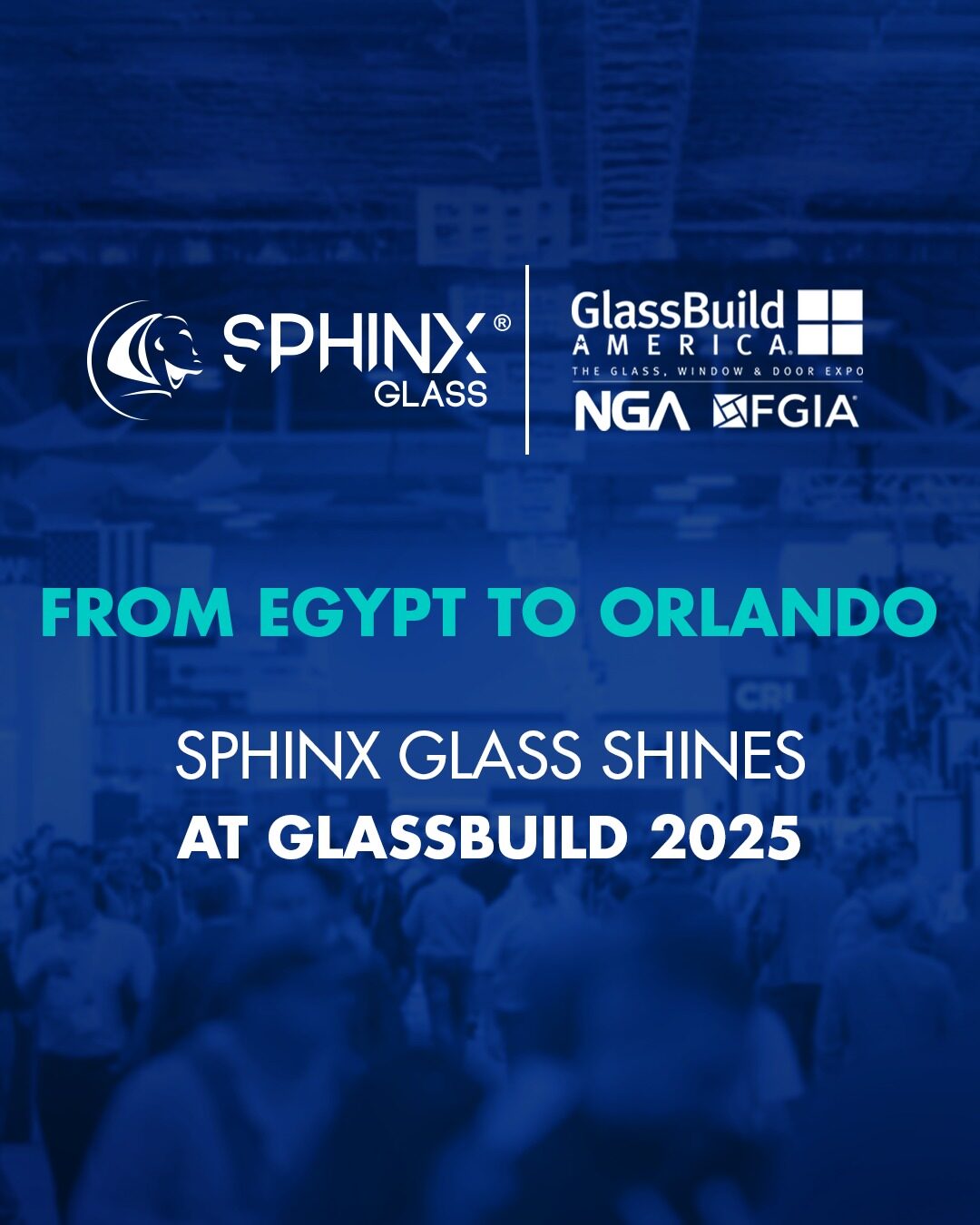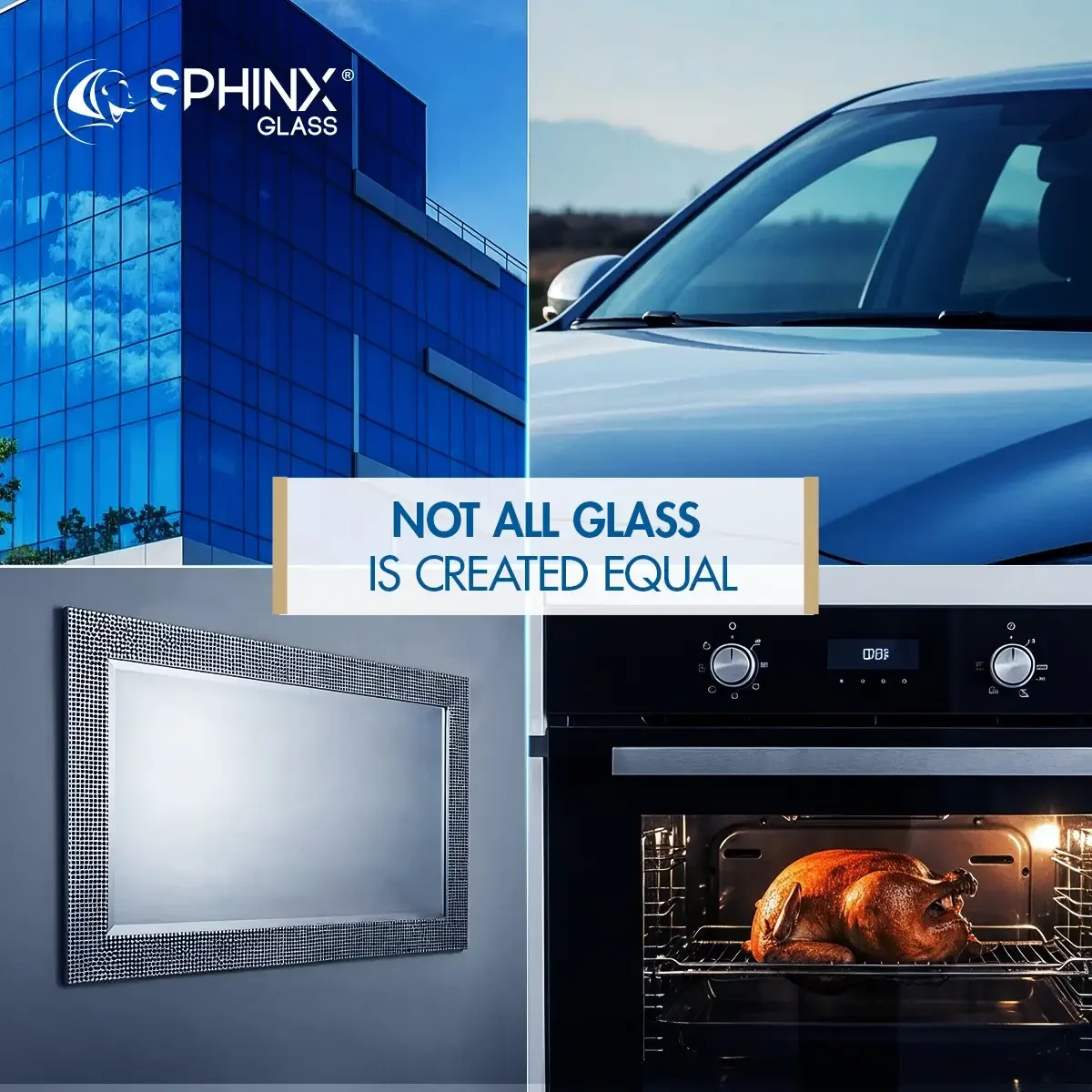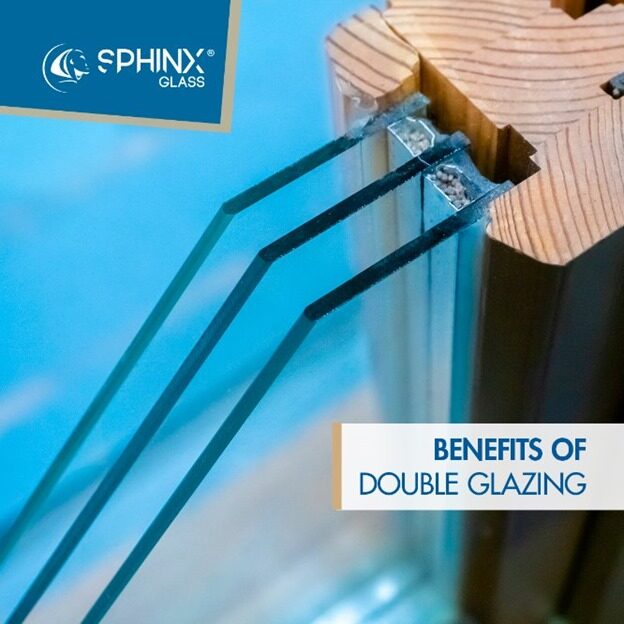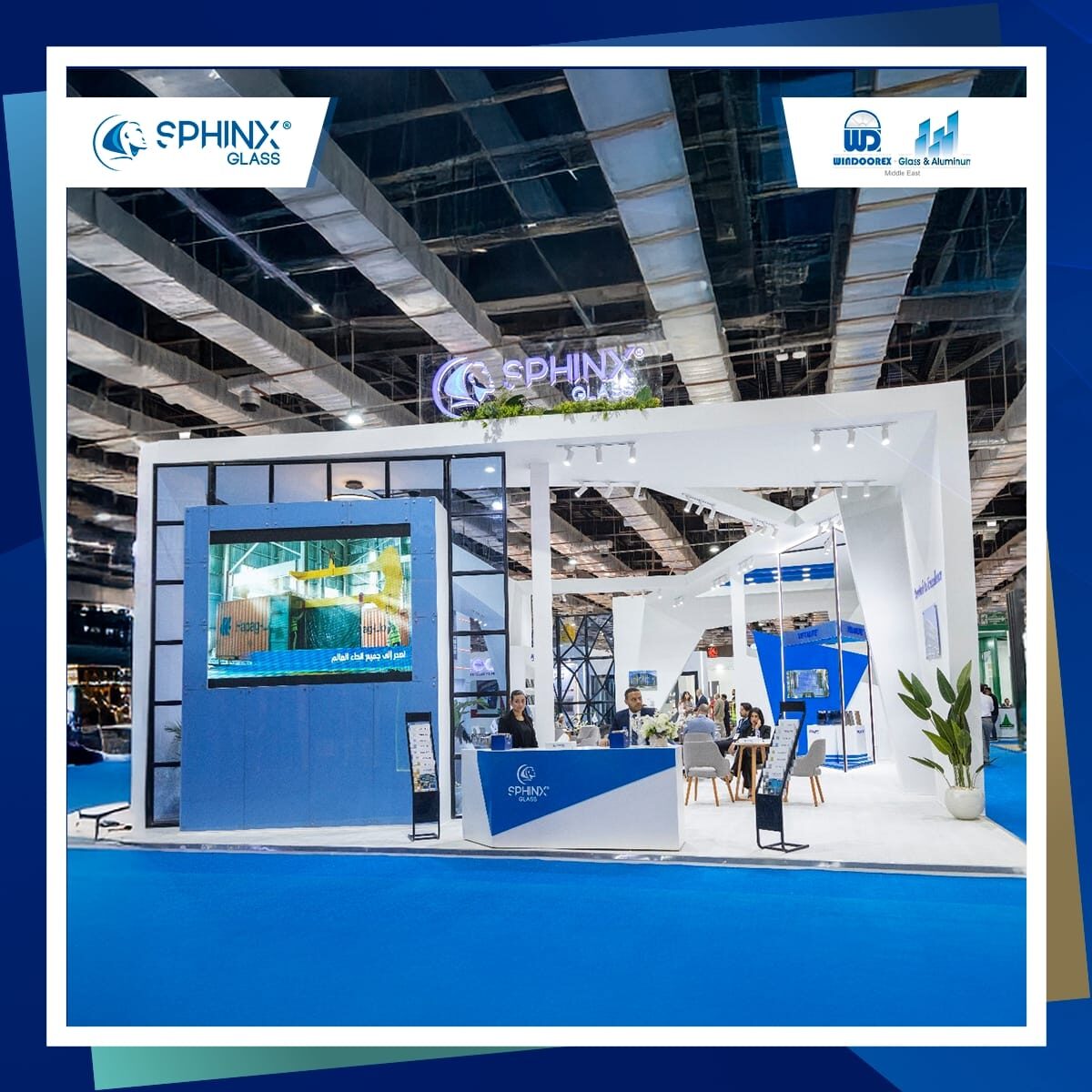Laminated Glass is a versatile and robust material, widely used in various applications due to its strength and safety features. It consists of two or more layers of glass bonded together with an interlayer, usually made of polyvinyl butyral (PVB) or ethylene-vinyl acetate (EVA). This structure provides laminated glass with exceptional durability and a range of benefits that make it a preferred choice in many industries.
Benefits of Laminated Glass
1. Increased Security
One of the primary benefits of laminated glass is its enhanced security. The interlayer holds the glass together even when it breaks, making it extremely difficult for unauthorized individuals to gain entry. This feature is particularly valuable for windows and doors in homes and businesses that are at higher risk of break-ins. The robust nature of laminated glass means that it can withstand significant force, deterring potential intruders and providing peace of mind to property owners.
2. Improved Safety
Laminated glass is designed to stay intact upon impact, reducing the risk of injury from flying glass shards. This characteristic is especially important in areas prone to natural disasters, such as hurricanes or earthquakes. In such events, laminated glass remains in its frame, preventing the glass from shattering and causing potential harm to occupants. This safety feature makes laminated glass a preferred choice for windows and doors in high-risk regions.
3. Sound Insulation
The thickness and composition of laminated glass make it an effective barrier against noise pollution. The interlayer disrupts sound waves, reducing the transmission of noise from outside. This benefit is particularly valuable in urban areas or near busy roads where noise can be a significant concern. By installing laminated glass,
homeowners and businesses can create a quieter, more comfortable indoor environment.
4. Energy Efficiency
Laminated glass with low-emissivity (low-E) coatings can improve the energy efficiency of buildings. Low-E coatings reduce the amount of heat entering a building, minimizing the need for air conditioning and reducing energy consumption. This benefit not only lowers utility bills but also contributes to a more sustainable and environmentally friendly building design.
5. Enhanced Aesthetics
Laminated glass is available in a variety of colors, tints, and textures, allowing for greater design flexibility. It can be manufactured in straight or curved shapes, making it suitable for a wide range of architectural applications. This versatility enables designers and architects to create visually appealing structures that meet both functional and aesthetic requirements.
Uses of Laminated Glass
Automotive Windshields: Provides structural integrity and safety in the event of an accident by preventing the glass from shattering.
Building Facades: Enhances the aesthetic and safety of buildings while offering resistance to impact and harsh weather conditions.
Skylights: Allows natural light to enter while ensuring protection against UV rays and falling debris.
Soundproof Windows: Reduces noise pollution by acting as an effective sound barrier in noisy environments.
Bulletproof Glass: Provides high-level security in banks, military installations, and premium vehicles by resisting penetrative impact.
Conclusion
By using Sphinx range of glass in processing the laminated glass will offer increased security, improved safety, sound insulation, UV protection, energy efficiency, and enhanced aesthetics. Its wide range of uses, from high-security buildings to architectural applications and automotive uses, demonstrates its importance in modern design and construction. By incorporating laminated glass into buildings and other structures, designers and architects can create safer, more durable, and visually appealing environments that meet the diverse needs of today’s world.










